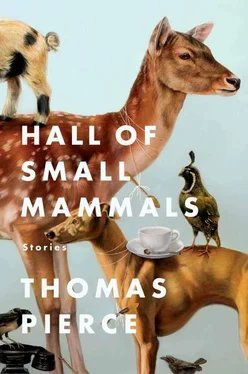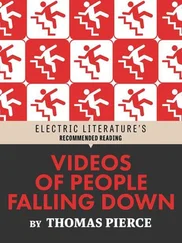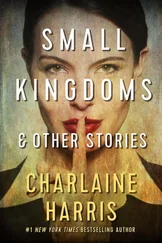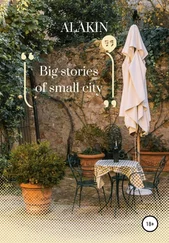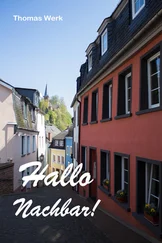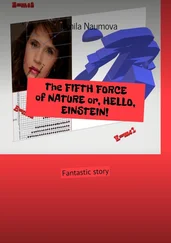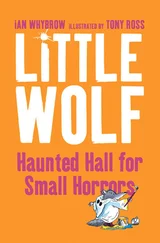Frustrated, Anders scratched his cane in the dirt. His leg throbbed. In the distance stretched long fallow fields, gloomy and brown. It felt like it might snow. The barn doors were shut, but a commotion of hammering and sawing and the clink-clink-clinking of a chisel escaped between the gnarled slats.
“Let me buy the bones from you,” Anders said. “Please. For our museum.”
“I’m afraid that won’t be possible,” Dubose said. “Not even for a good price.” The bones, he explained, were going to become his main attraction. Using wood, papier-mâché, plaster, and anything else necessary, he would present the world with the first fully reconstituted Monster from a Darker Age, a three-dimensional model constructed from the bones themselves. Never before had anyone seen something of its kind. For a few coins, you would be able to view the creature up close, stand in its towering presence, rub its hairy hide.
“I don’t think it had a hairy hide,” Anders said. “I believe that it belonged to a Tribe of Ancient Lizard.”
“And that’s precisely why I need your help. You can be my scientific advisor. Help me make the creature as real and accurate as possible. Accuracy is crucial. I’ll give you full oversight of my crew.”
Anders was aware of course that a compact with such a man was not a wise decision, that Dubose’s intentions were very likely anathema to science. Science eats the dark. Fear not that which is illuminated. Science names the nameless — megalonyx, mammoth, mastodon, megathere. Fear not that which has a name. Science excavates; it makes the unfamiliar familiar. Science knows all; it demystifies. Dubose was an author of mystery in the world, not its unraveler.
“Think of it this way,” Dubose said. “This is your chance to educate the public. To open minds. Most people won’t believe in something unless it’s right in front of them. You’ve got to wow them. Shake them up.”
“Yes, but,” Anders said. “But you have a responsibility to—”
“Of course, a responsibility,” the man said solemnly.
Anders, we are sad to report, proved himself susceptible to the showman’s false promises and logic. This will come as no surprise to anyone who has examined Anders’s notebooks from this period (now in our archives). The pages are marred with all sorts of revealing marginalia; with fanciful sketches of creatures inspired by the bones he’d long admired in the cabinets and display cases of our Academy’s museum; with his wild questions too: Had the creatures leathery skin? Could they have been pink and soft like us? With long tangled hair or short fine fur? How about feathers? Did their eyes bulge like a fish’s? Did their claws rip and grip like a bird’s? How big or lean were their muscles?
And so it was that Anders agreed to help Mr. Dubose with his project. Elated, the showman clapped his hands together. There was no time to waste. The rest of his traveling museum would arrive in mere days, Dubose said, and after the monster’s debut in Golly, it would go on the road, winding its way north to New York, where he was in the process of building a more permanent home for his entire collection. Beyond that — who knew? — perhaps he would ship it to Paris and London. Anders could not imagine how Dubose planned to transport a ten-foot-tall creature, but in the barn he discovered that at least some of the hammering and sawing had been in the service of a massive cart with giant wooden wheels. It would take a team of horses to pull it. The bones themselves had been placed at intervals across the straw floor.
“It’s going to take longer than three days,” a man with frayed blond sideburns came over to report.
“This is my architect, Mr. Gustafson,” Dubose said to Anders. “Mr. Gustafson, you’re in luck, we have a scientist here who has extensively studied the creatures. He has even published papers on the topic.”
Anders did not correct the showman regarding his publication history, despite the fact that he had not published a single paper on vertebrate fossils (or, for that matter, on any other topic zoological).
“Expert or not,” Mr. Gustafson said, “I’d like to see him try and fit the pieces together.”
Anders’s knowledge of nonhuman anatomy was, to put it delicately, incomplete, but at the boardinghouse he had with him a number of engravings from the Academy’s holdings. He sent Temp for his books, and when they arrived, he opened each to various illustrations — of mammoth molars and giant sloth skulls — looking desperately for any correlations between those figures and the dark gray chunks cast about the straw. Gustafson and his team had chiseled away more of the rock, though not with any precision. Some of the fossils now had small fissures, cracks, and chinks. About this Anders said nothing.
He shuffled the bones. He traded one toe for another, experimenting with angles and directions. The spiky horn: Was it a feature of the tail, of the foot, or of the head? The rib cage he arranged and then rearranged. Temp watched from his perch in the rafters as Anders spun the femur like a windmill blade, around and around until it paired with the tibia. As for the other tibia, the missing one, they’d have to make it from plaster. They’d have to form much of the skeleton from plaster, Anders slowly realized.
The men who’d been busy building the cart and freeing the fossils now leaned back in the hay with straw between their gray teeth, murmuring and laughing as Anders hobbled around on his cane, exhaling loudly whenever something failed to fit, which was most of the time.
The spine, Anders eventually decided, was the best place to start, and so he began all over again, this time focusing on the vertebrae. But which were the dorsal and which were the caudal and what was their order?
“Where’s the head?” one of the men asked. “It’s got a head, right?”
Anders didn’t answer him. Other than the lower jaw, there was no skull.
“Looks like a giant horse to me,” another man said, and Anders saw that the way in which he’d laid out the spine did make it appear rather horselike.
At the end of the day, Mr. Dubose reappeared in the barn and asked the men to lift him into the air so that he could get a better view of what he called Anders’s diligent scientific study . They hoisted him up and sat him on their shoulders, his waist squeezed between their heads. He loomed over all, barking at them to move backward, then forward. Clearly he was displeased with his new scientific advisor’s progress. He didn’t try to hide this fact. The skeleton on the barn floor was messy and incomplete and not at all terrifying or impressive. The showman closed his eyes and then popped them open. “What about those over there?” he asked, and pointed to all the bones not yet utilized.
“Tomorrow,” Anders said.
“Tomorrow,” Dubose said, “it gets a head. I want to see its head.”
• • •
Mrs. Lang’s dinner table was more crowded and livelier than usual that night. Mr. Dubose and his representatives, it seemed, had been hard at work drumming up enthusiasm for the project in the nearby towns. Word had spread and people were arriving in droves for the chance to see it on Saturday, when it would be unveiled for the paying public.
“Is it true that the jaw is longer than my arm?” the man sitting across from Anders asked. He was gnawing on a fatty piece of beef. “Gracious God!” he said when Anders nodded vaguely. “How many animals do you think it crushed?”
“Crushed?” the woman to his left said, eyes wide. “This is like something from a horrible dream. Somebody pinch me. I’m afraid if I see it once, I’ll see it everywhere I go. I’ll never be rid of it again. It will be there — and there and there — hiding behind every house and tree.”
Читать дальше
